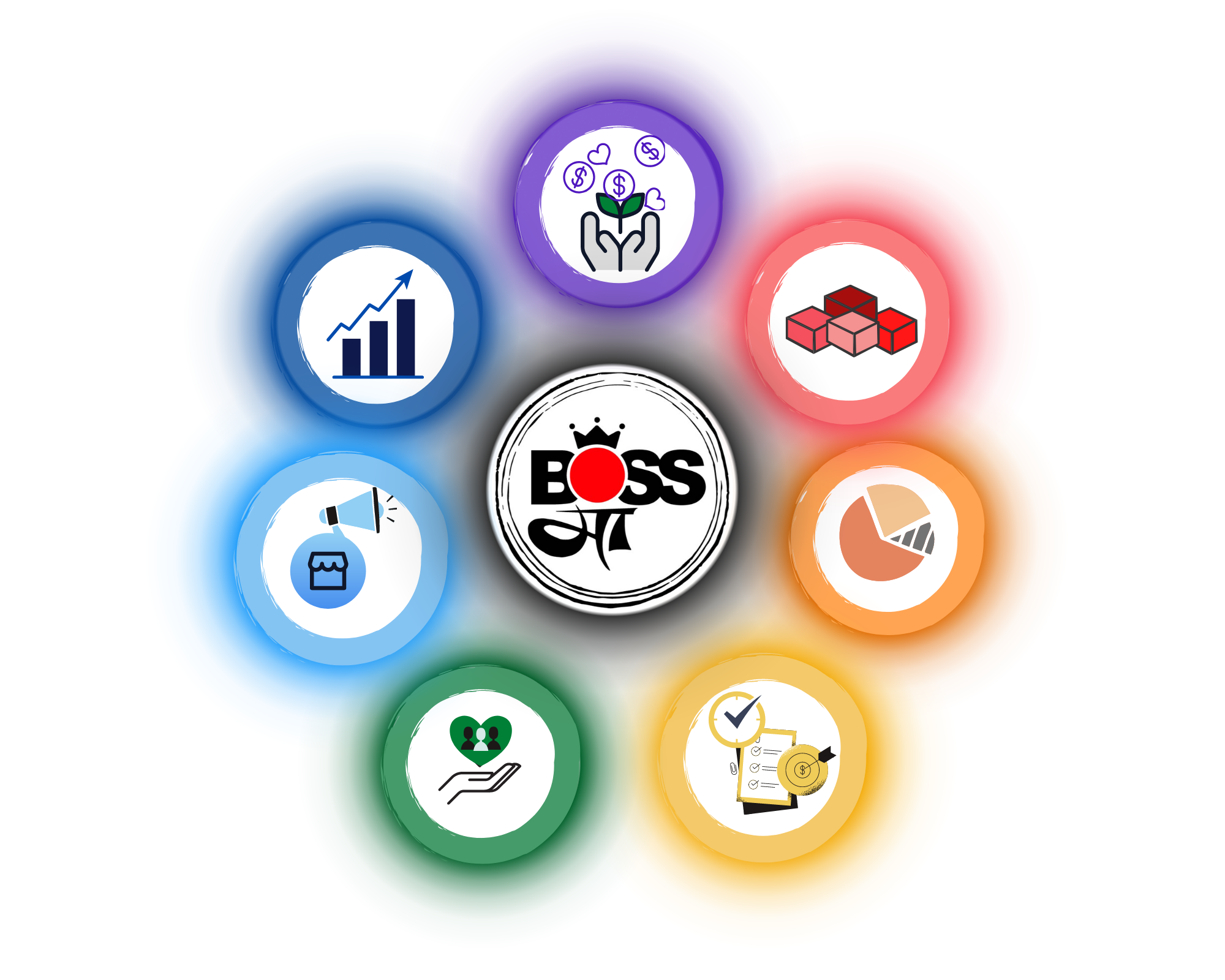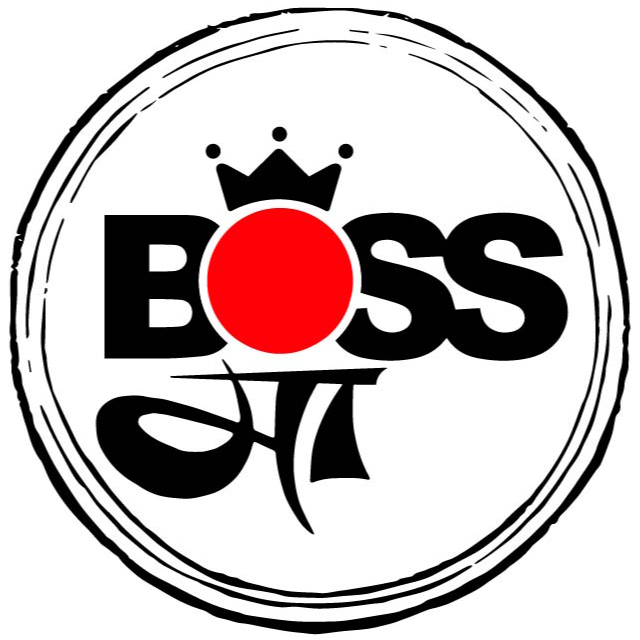The Value Proposition Canvas (VP Canvas) is a framework that ensures that a product or service is positioned around what the customer values and needs in his/her life or business. This framework or tool created by Alexander Osterwalder, Yves Pigneur, and Alan Smith, aims to map the value perceived by customers with offerings from a business.
The primary purpose is, therefore, to identify and create a good fit between the product/service and the market segment the business is serving.
For this to happen, the Value Proposition Canvas deeply explores these two (out of the nine) blocks from the Business Model Canvas: Customer Segments and Value Proposition.
Knowing, understanding, and creating the VP Canvas helps with:
- Understanding the customer, their needs, desires, and expectations
- Developing a service/product in accordance with customer needs and wants
- Comparing a product you already have with the user’s need
- Finding your product-market fit
- Avoiding creating/making something nobody wants
- Saving time and money (most important!)
The 2 main parts of a VP Canvas are Value Proposition and Customer Segment. They are the core of the business model because they focus on “What” and “To whom”, respectively, or simply put: how does your business deliver value to your audiences/customers.
The canvas is divided into two sides: on the right side, it’s the Customer segments – that is divided into Customer Jobs, Pains, and Gains. On the left side, it’s the Value Proposition, also subdivided into three: Products & Services, Gain Creators, and Pain Relievers.
Let us look into each one:
Customer Segments:
- Jobs
What is your customer trying to do: include all tasks customers are trying to perform, the problems he/she is seeking to solve, and the needs he/ she wants to satisfy. It’s also critical to note down the frequency and the importance of each job, and all the different roles the customer has to play, and in what contexts.
- Pains
What are the pains or challenges of your customer while they are performing their jobs, such as negative experiences and emotions, challenges, risks involved, time and energy wasters, financial costs, mistakes, and consequences, etc.
Segregate each pain as light, medium or heavy / severe based on how the customer perceives it – you can use surveys or forms or directly speak with your customer to do this.
- Gains
What are all the benefits or perks or wins that your customer expects and desires – or even something that would surprise them thoroughly – be it functional, emotional, social, or financial? In short, everything that delights them and makes their life easier, more joyful, or more successful. You may rank each gain by relevance and indicate the frequency of them.
Hot tip: One profile to be created for each customer segment, this helps fine-tune offerings and craft a more specific, marketing message for them.
Download our Freebie Ideal Customer Avatar here.
After mapping your customers’ profiles, the next step is to set what value they are going to perceive with your product or service.
- Products & Services
Include all the products and services you are going to deliver and offer your customer segment.
- Gain Creators
How will your products and services add value to your customer, what are their benefits, and would your customer’s wishes and expectations be fulfilled through these offerings? Again, you can rank every gain your product or service creates according to relevance to your customers (if substantial or insignificant) and indicate how often it occurs in their customer life and journey with your business or brand.
- Pain Relievers
How shall your product/service relieve the customer’s pains? Deep digging into how your products and services does this is critical to your building out marketing messaging and outreach. Do your products and services reduce their current costs, negative feelings, energies and efforts, risks, negative consequences, mistakes, reduce risks, remove challenges for your customer? Go ahead and rank each pain, according to its intensity, to be able to understand how deeply your product/service helps your customer.
When do I use the Value Proposition Canvas?
The VP Canvas is to be used once you have an Ideal Customer Avatar created, and have a bit deeper understanding of your potential customers’ needs, wants, desires, pains, challenges, and how your products and services can support in their journey with your brand and business. It is used to discover your Product-Market Fit, in the medium term, and to determine Marketing and social media content strategies in the long term.
Hot Tip: For everything that you put down on the VP Canvas, do run tests, and surveys, get feedback to test and validate your hypotheses. It would be a good idea to keep revisiting this canvas every 6 months, to see if any tweaks are needed in your offerings, or the way your customer is perceiving the value gained from your business and brand.

